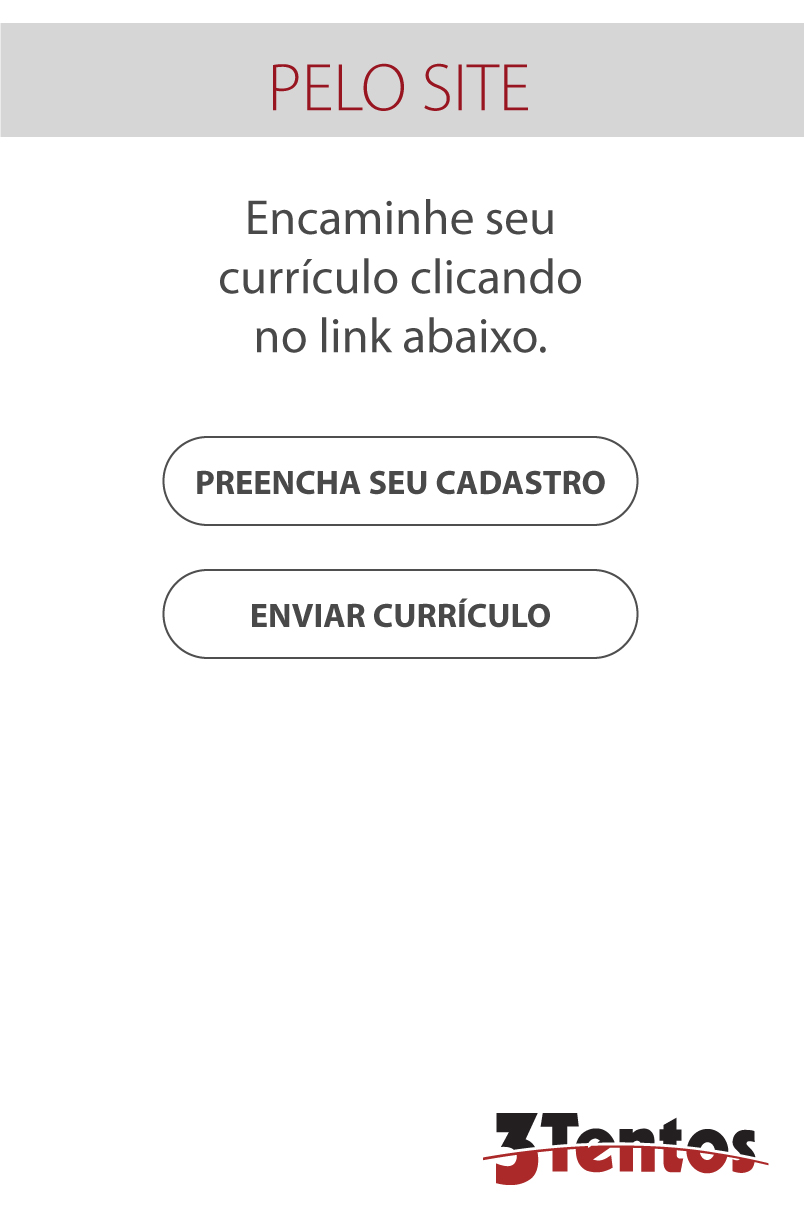Nitrogen is the nutrient with the greatest interactions with the environment, due to the various reactions that occur in the soil. It can be easily lost, leading to economic losses and potentially causing environmental damage.
The time of application, in addition to optimizing the productive potential of wheat, is important for this nutrient due to possible losses, especially volatilization, which occurs when the product used is not the most suitable or when applied under unfavorable conditions.
For wheat, it is recommended to split the nitrogen fertilization in order to apply larger amounts of nutrient when the plants have a sufficiently developed root system to absorb it, seeking to minimize the risk of losses. In addition, very high doses of nitrogen at sowing can cause saline effect or ammonia toxicity, depending on the source used and the mode of application. The choice of nitrogen source and mode of application are, therefore, decisive for the efficient use of this nutrient.
The first application of nitrogen in coverage on wheat is recommended at the beginning of tillering, a stage known as double-ring, as this is the moment when the number of ears per square meter is defined. A second application is indicated at the beginning of elongation, a period in which the wheat defines the size of the ear and the number of spikelets. Given the importance of an adequate supply of N at this stage of the crop, we can choose to supplement this nutrient via foliar fertilization, never replacing solid fertilizer, but as a signaling tool for the wheat that the nutrient is available.
The presence of the micronutrient Molybdenum in the product's formulation is essential for better absorption and utilization of nitrogen by the wheat plant. A third application of N would also be recommended when the flag leaf is visible, with the aim of increasing the protein content of the grain.
The most common fertilizers on the market have nitrogen in the amidic, ammoniacal or nitric forms, and the wheat plant absorbs these nutrients only through the last two mentioned. As both forms are readily available to plants, the agronomic efficiency of different sources tends to be similar in most situations, respecting the characteristics and limitations of each type of product.
The application of urea in coverage can result in large losses of N by volatilization and the presence of straw tends to increase these losses. Fertilizers containing nitric or ammoniacal nitrogen, such as ammonium sulfate and ammonium nitrate, are not subject to losses by volatilization under the conditions of Rio Grande do Sul. The mixture of urea with ammonium sulfate and the use of urease inhibitors have been used to increase the efficiency of nitrogen in the attempt to reduce losses by volatilization.
Studies show that the combination of nitric and ammonia sources has resulted in greater plant root development, better shoot development and, consequently, better grain yield. Allied to the advantage of being able to apply this type of product in a favorable condition of climate and soil moisture, without worrying about losses due to volatilization, crushing of plants or soil compaction. In addition to the balance in nitrogen sources, there are products in this line that provide other macronutrients, such as calcium and sulfur in their formulation.
Other strategies, such as the use of inputs that promote the increase in the volume of soil exploited by the root system (seed treatment with zinc, for example), and the application of nitrogen via foliar fertilizers, indirectly also help to increase the efficiency of use of the nitrogen applied to the crop.
It is important to point out that proper handling of nitrogen fertilizers involves applying the necessary dose of the nutrient, at a time that allows for maximum uptake by wheat plants.
To facilitate the diagnosis of the need for nitrogen, we can use sensors and satellite images, which can be georeferenced and used for the application of nitrogen at variable rates, dosing the amount of nutrient according to the needs of the plants. These technologies, which combine nitrogen need diagnosis and nutrient application at a variable rate, can increase N use efficiency and reduce losses to the environment.
Due to the volatility of nitrogen fertilizer prices, it is necessary that all the practices mentioned above are carried out in the best possible way. Knowing the real nutritional needs of the crop, the appropriate moment of application, as well as the factors that affect good practices in the use of fertilizers, are key factors for the rational use of fertilizers, in addition to the sustainability of production systems.
Source:
- Prochnow, L.I.; Casarin, V.; Stipp, S.R.; Good Practices for Efficient Fertilizer Use. Piracicaba: IPNI – Brazil, 2010.




